Home>Technology>Home Office Tech>How To Organize Shipping Boxes
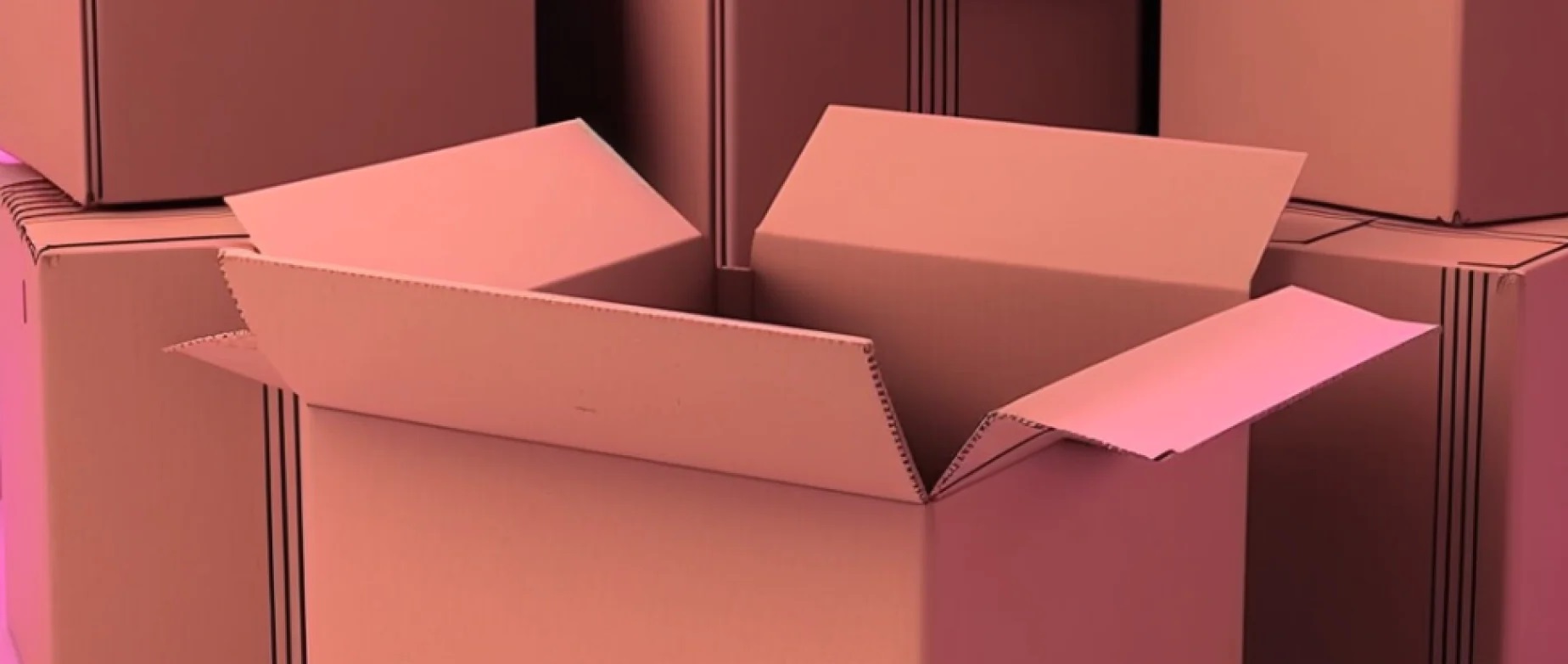

Home Office Tech
How To Organize Shipping Boxes
Published: March 3, 2024
Learn how to efficiently organize and store shipping boxes in your home office or tech space. Find practical tips and solutions for managing clutter and maximizing space.
(Many of the links in this article redirect to a specific reviewed product. Your purchase of these products through affiliate links helps to generate commission for Storables.com, at no extra cost. Learn more)
Introduction
Are you tired of tripping over shipping boxes every time you walk into your garage or storage room? Organizing shipping boxes can be a daunting task, but with the right approach, it can be a breeze. In this article, we'll explore some practical tips and tricks to help you get those shipping boxes under control and create a more organized and efficient space. Whether you're a frequent online shopper or a small business owner, these strategies will help you reclaim your space and streamline your storage system. Let's dive in and discover how to tackle the challenge of organizing shipping boxes once and for all.
Key Takeaways:
- Choose the right size boxes to protect your items and maximize storage space. Invest in versatile sizes and stackable boxes for efficient organization.
- Label, sort, and store shipping boxes strategically. Create a labeling system, utilize vertical space, and recycle responsibly for a clutter-free and eco-friendly storage solution.
Read more: How To Measure Boxes For Shipping
Choosing the Right Size Boxes
When it comes to organizing shipping boxes, one of the first steps is to ensure that you have the right sizes for your storage needs. Here are some tips for choosing the right size boxes:
-
Assess Your Storage Space: Before selecting boxes, take a good look at your storage area. Measure the shelves, closets, or any other space where you plan to store the boxes. This will help you determine the maximum dimensions for the boxes.
-
Consider Your Items: Think about the items you typically store in shipping boxes. Are they large or small? Fragile or sturdy? By considering the dimensions and fragility of your items, you can choose boxes that provide the best protection and fit.
-
Invest in Versatile Sizes: Opt for a variety of box sizes to accommodate different items. Small boxes are perfect for books, DVDs, and small appliances, while medium and large boxes are great for clothing, kitchenware, and larger items.
-
Stacking Ability: Choose boxes that are stackable to maximize vertical space. This will help you make the most of your storage area and keep everything organized.
By selecting the right size boxes for your storage needs, you can ensure that your items are well-protected and that your storage space is used efficiently.
Labeling and Sorting Boxes
Labeling and sorting your shipping boxes is essential for maintaining an organized storage system. Here's how to tackle this task effectively:
-
Create a System: Develop a labeling system that works for you. Whether you prefer to label boxes by room, item type, or any other category, consistency is key. This will make it easier to locate specific items when needed.
-
Use Clear Labels: Opt for clear, easy-to-read labels. This will prevent any confusion when searching for specific items and ensure that everyone in your household or workplace can easily identify the contents of each box.
-
Include Details: In addition to labeling the contents, consider adding additional details such as the date the box was packed or a brief description of the items inside. This extra information can be incredibly helpful, especially if you're storing items for an extended period.
-
Color Coding: If you're a visual person, consider implementing a color-coding system. Assign a specific color to each room or category, and use colored labels or markers to easily distinguish between different types of items.
-
Sort by Frequency of Use: When organizing your boxes, consider sorting them based on the frequency of use. Keep frequently accessed items within easy reach, while seasonal or occasional items can be stored in less accessible areas.
-
Utilize Shelving and Racks: Invest in sturdy shelving units or racks to keep your labeled boxes off the floor. This not only prevents damage from potential spills or floods but also makes it easier to access and identify each box.
By implementing a comprehensive labeling and sorting system, you can streamline the process of locating and retrieving items from your shipping boxes, ultimately saving time and reducing frustration.
Label each shipping box with the contents and destination to easily identify and organize them. This will help you keep track of what’s inside each box and where it needs to go.
Storing Boxes Efficiently
Storing shipping boxes efficiently is crucial for maximizing your storage space and maintaining an organized environment. Here are some practical strategies to help you make the most of your available space:
-
Utilize Vertical Space: Take advantage of vertical space by stacking boxes from floor to ceiling. Invest in sturdy shelving units or stackable storage bins to create multiple levels of storage. This will prevent clutter on the floor and make it easier to locate specific boxes.
-
Invest in Storage Solutions: Consider investing in storage solutions such as wall-mounted racks, overhead storage systems, or under-shelf baskets. These options can help you store boxes in areas that would otherwise go unused, such as above doorways or beneath shelves.
-
Consolidate and Nest Boxes: If you have multiple boxes of the same size, consider nesting them inside one another to save space. This can be especially useful for collapsible or foldable boxes. Additionally, consolidate smaller items into larger boxes to minimize the overall number of boxes in your storage area.
-
Create Aisles and Walkways: When stacking boxes, leave enough space between stacks to create aisles and walkways. This will make it easier to access and retrieve specific boxes without having to move multiple others. Consider leaving a small gap between the stacks and the walls to allow for ventilation and prevent moisture buildup.
-
Store Heavier Boxes at the Bottom: When stacking boxes, place heavier boxes at the bottom to create a stable base. Lighter boxes can then be stacked on top, reducing the risk of toppling and ensuring the safety of both the boxes and the items inside.
-
Utilize Under-Bed Storage: If space allows, consider utilizing under-bed storage for flat or shallow boxes. This is a convenient way to store boxes out of sight while still keeping them easily accessible when needed.
By implementing these efficient storage techniques, you can make the most of your available space and create a well-organized system for storing your shipping boxes.
Recycling and Disposing of Boxes
Properly recycling and disposing of boxes is essential for maintaining an environmentally friendly and clutter-free space. Here are some responsible methods for handling shipping boxes that you no longer need:
-
Check Local Recycling Guidelines: Before disposing of your boxes, check your local recycling guidelines to determine the specific requirements for cardboard recycling. Some areas may have designated drop-off locations or curbside collection programs for cardboard materials.
-
Break Down Boxes: To make recycling more efficient, break down your boxes into flat pieces. This not only saves space but also makes it easier for recycling facilities to process the cardboard.
-
Remove Non-Recyclable Materials: If your boxes contain any non-recyclable materials such as plastic packaging, bubble wrap, or Styrofoam, be sure to remove these items before recycling the cardboard. Separating the recyclable materials from the non-recyclable ones ensures that the cardboard can be processed effectively.
-
Reuse or Repurpose: Consider reusing shipping boxes for future storage or shipping needs. If the boxes are still in good condition, you can repurpose them for organizing items in your home, packing donations, or even as materials for DIY projects.
-
Donate Boxes: If you have an excess of shipping boxes in good condition, consider donating them to local organizations, schools, or businesses that may have a use for them. Many community centers, schools, and art programs welcome donations of clean, sturdy boxes for various projects and activities.
-
Composting: If the boxes are made from natural, untreated materials, such as plain cardboard without any glossy or colored coatings, they may be suitable for composting. Check with your local composting facility to see if they accept cardboard for composting purposes.
-
Responsible Disposal: If recycling or repurposing is not an option, ensure that you dispose of the boxes responsibly. Avoid simply discarding them in the regular trash, as this contributes to unnecessary waste in landfills. Instead, explore alternative disposal methods such as contacting waste management services for proper cardboard disposal.
By following these responsible practices for recycling and disposing of shipping boxes, you can contribute to a cleaner environment and reduce unnecessary clutter in your home or workspace.
Frequently Asked Questions about How To Organize Shipping Boxes
Was this page helpful?
At Storables.com, we guarantee accurate and reliable information. Our content, validated by Expert Board Contributors, is crafted following stringent Editorial Policies. We're committed to providing you with well-researched, expert-backed insights for all your informational needs.
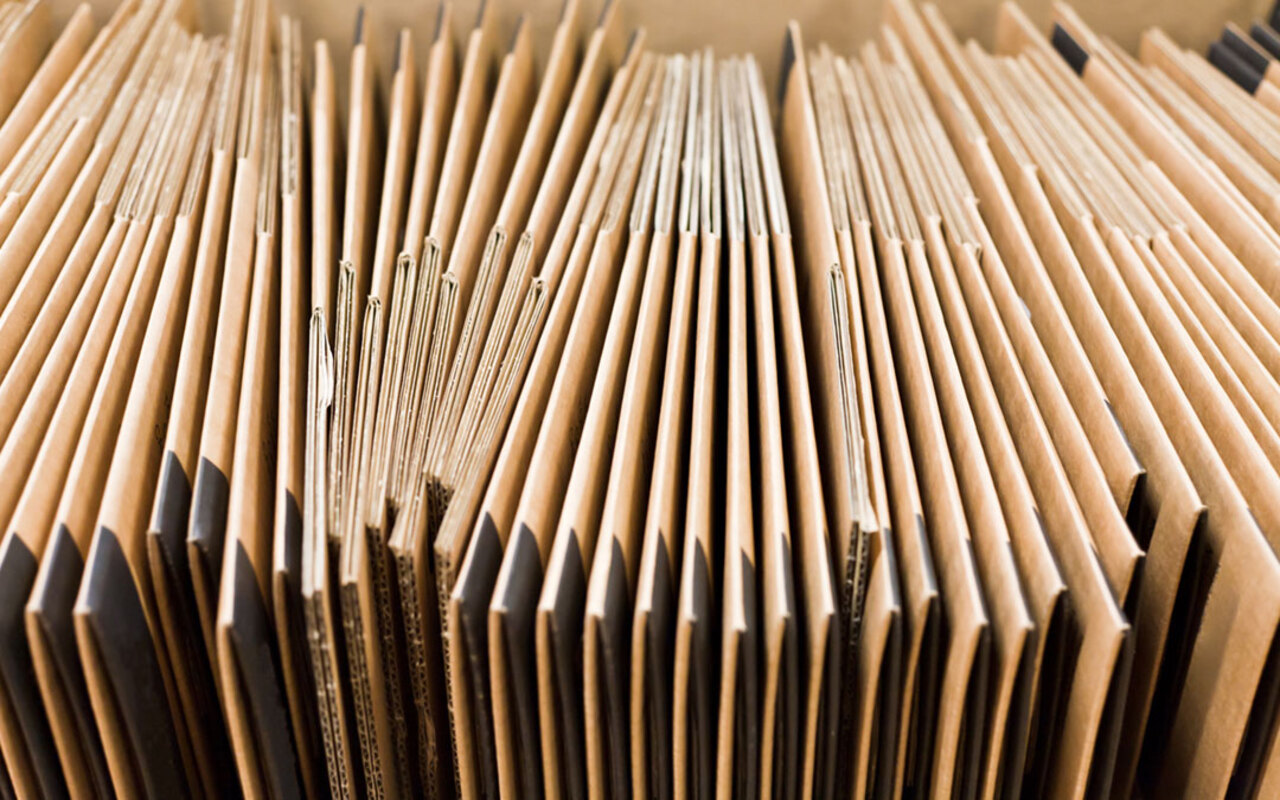
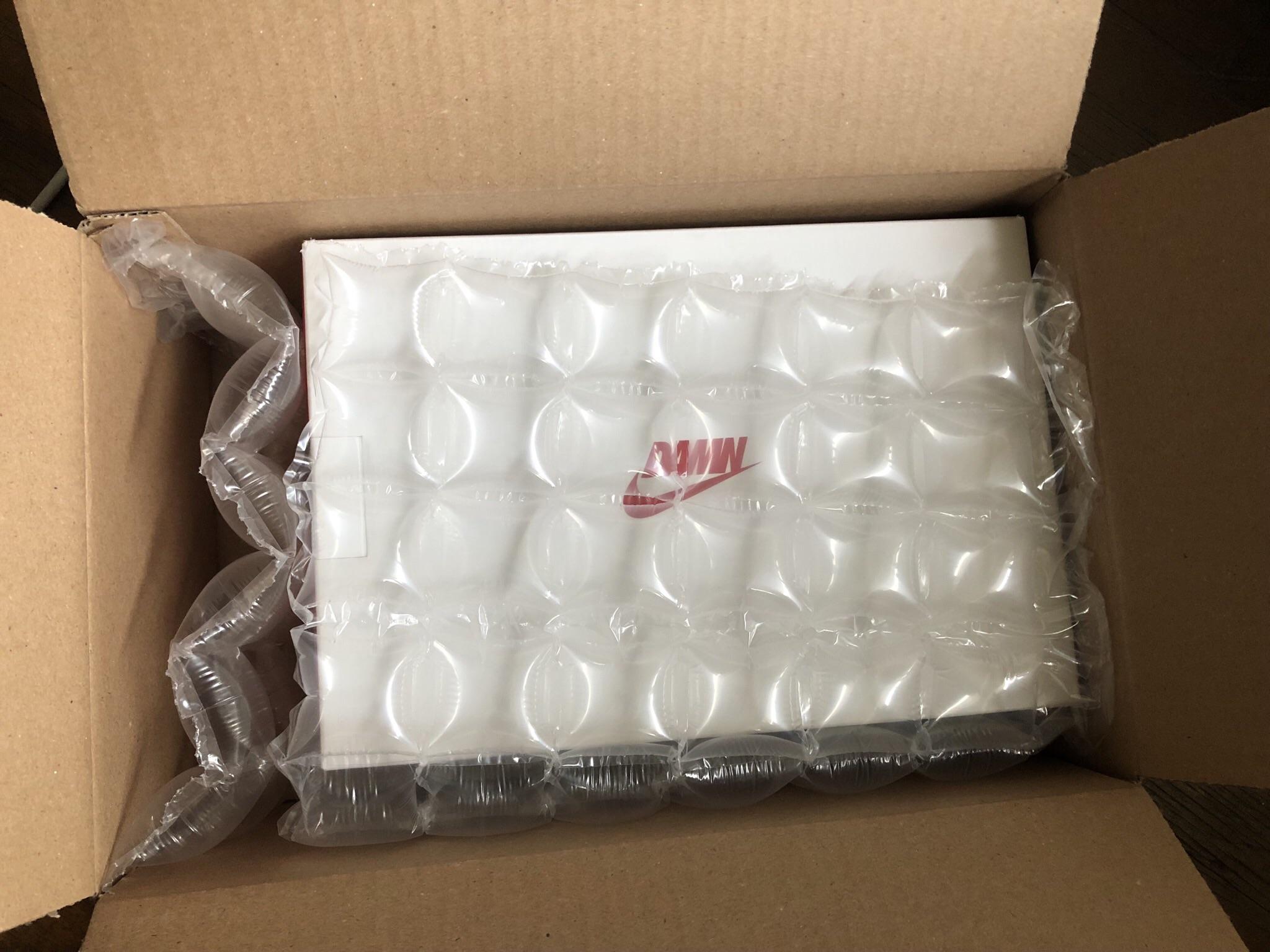
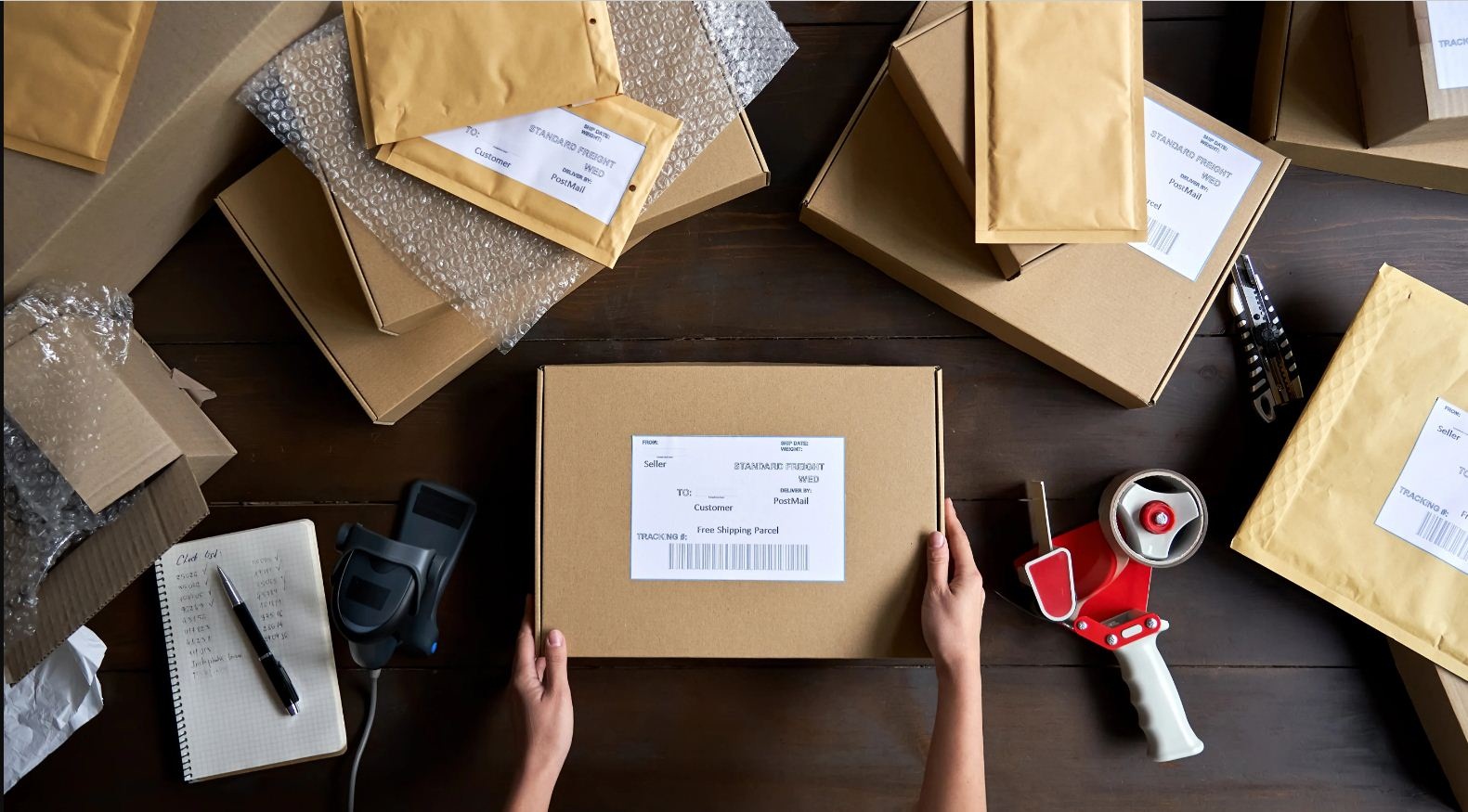
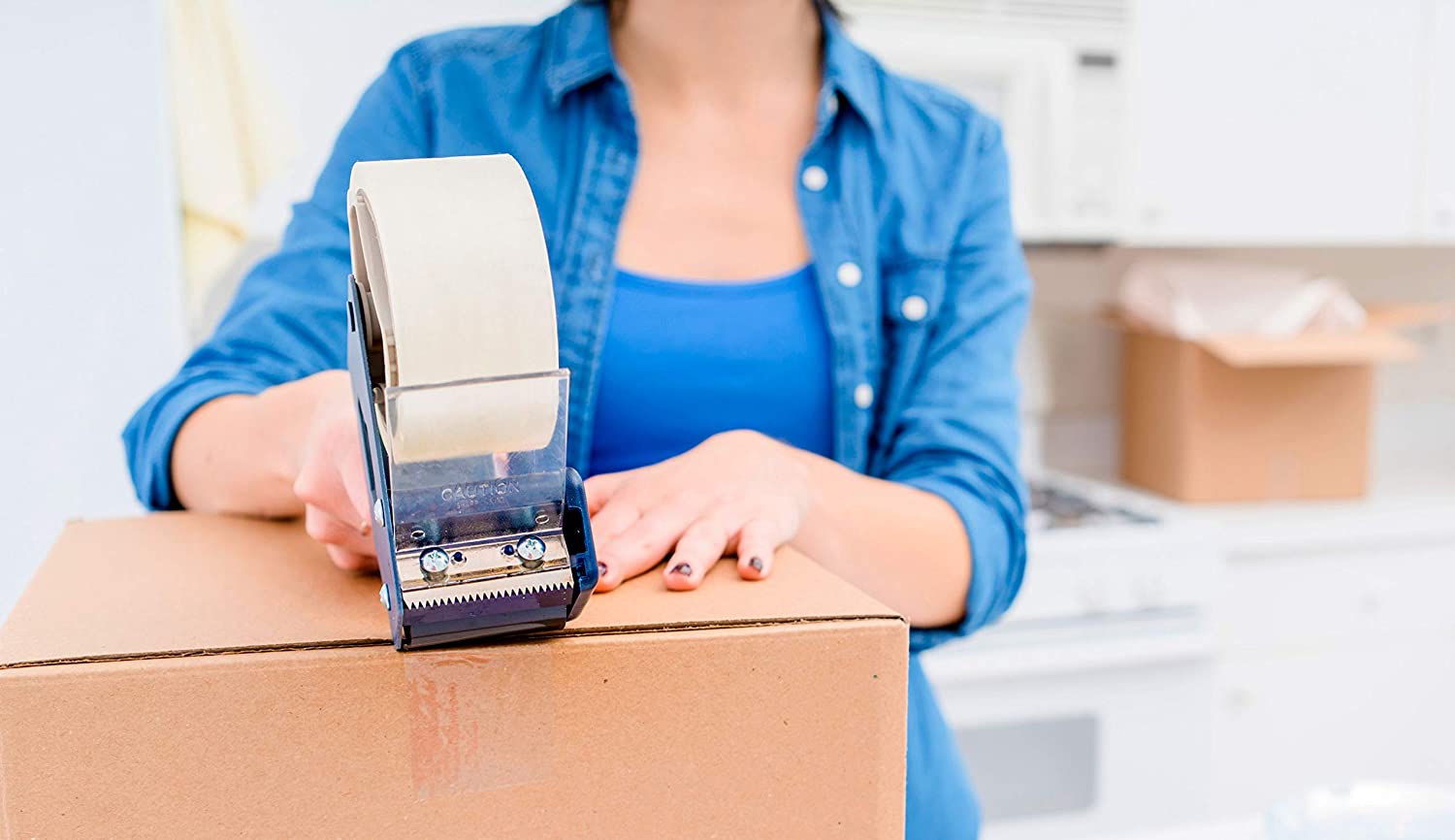
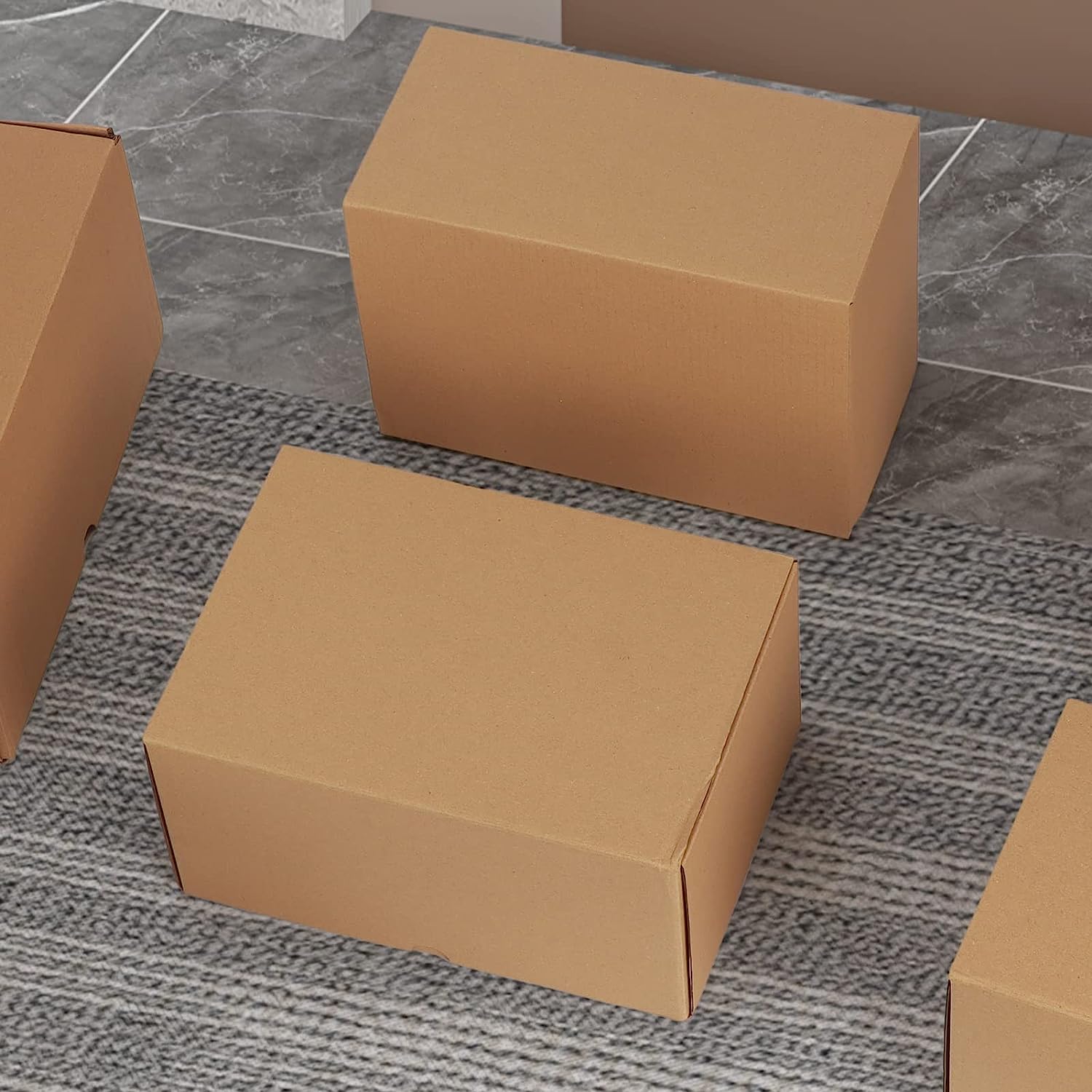
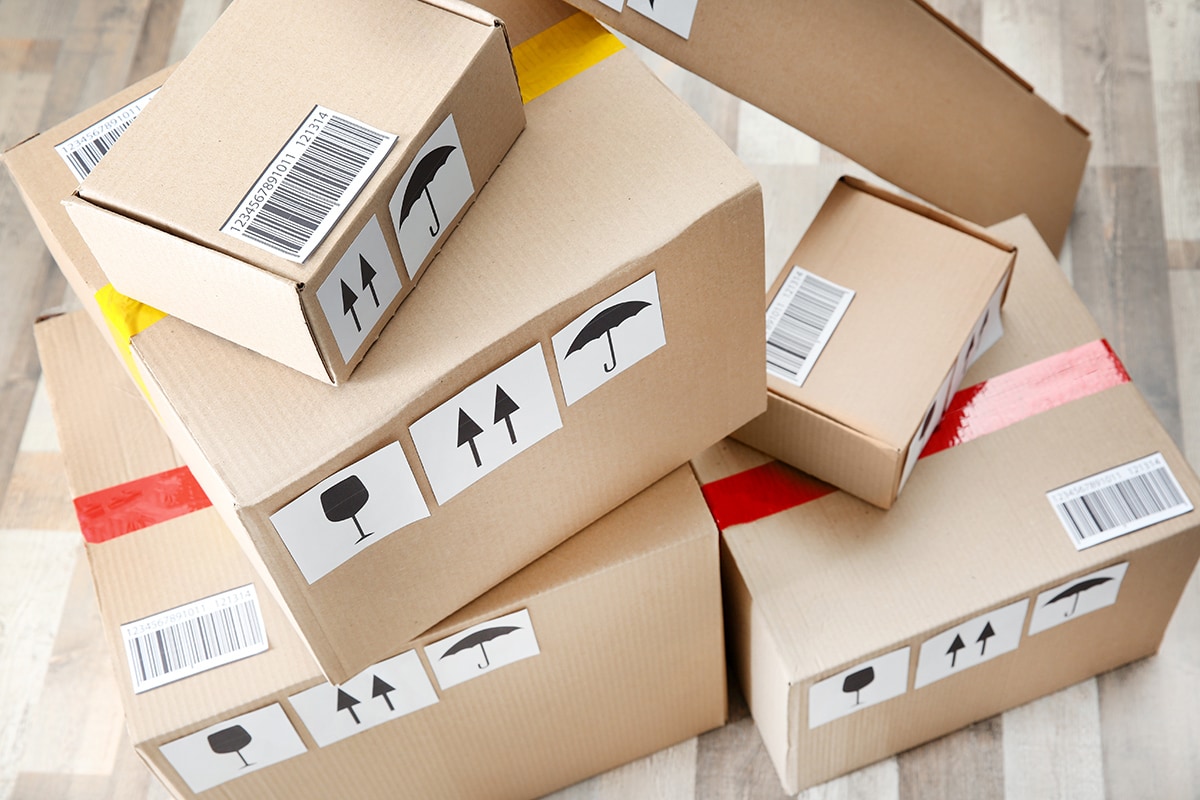
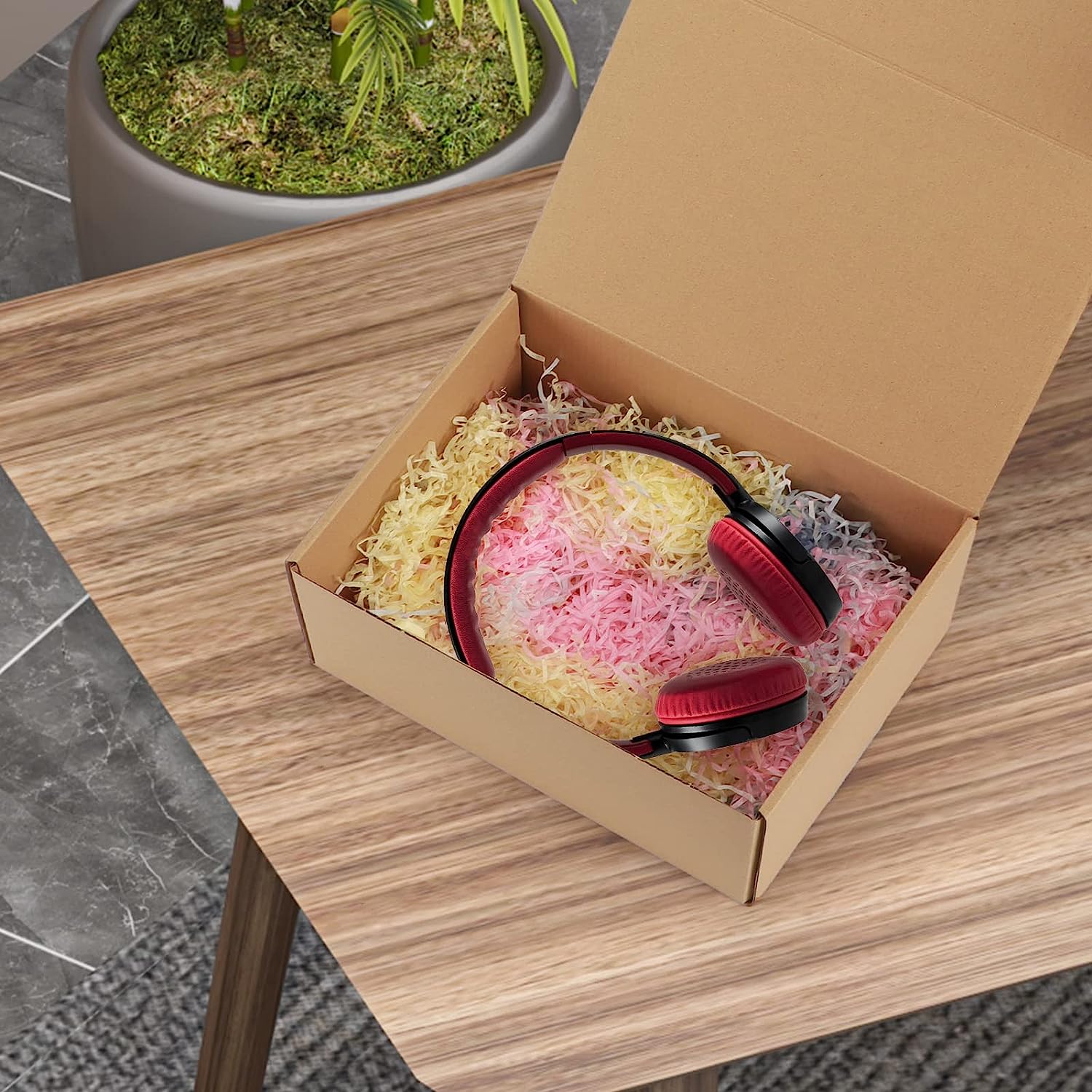
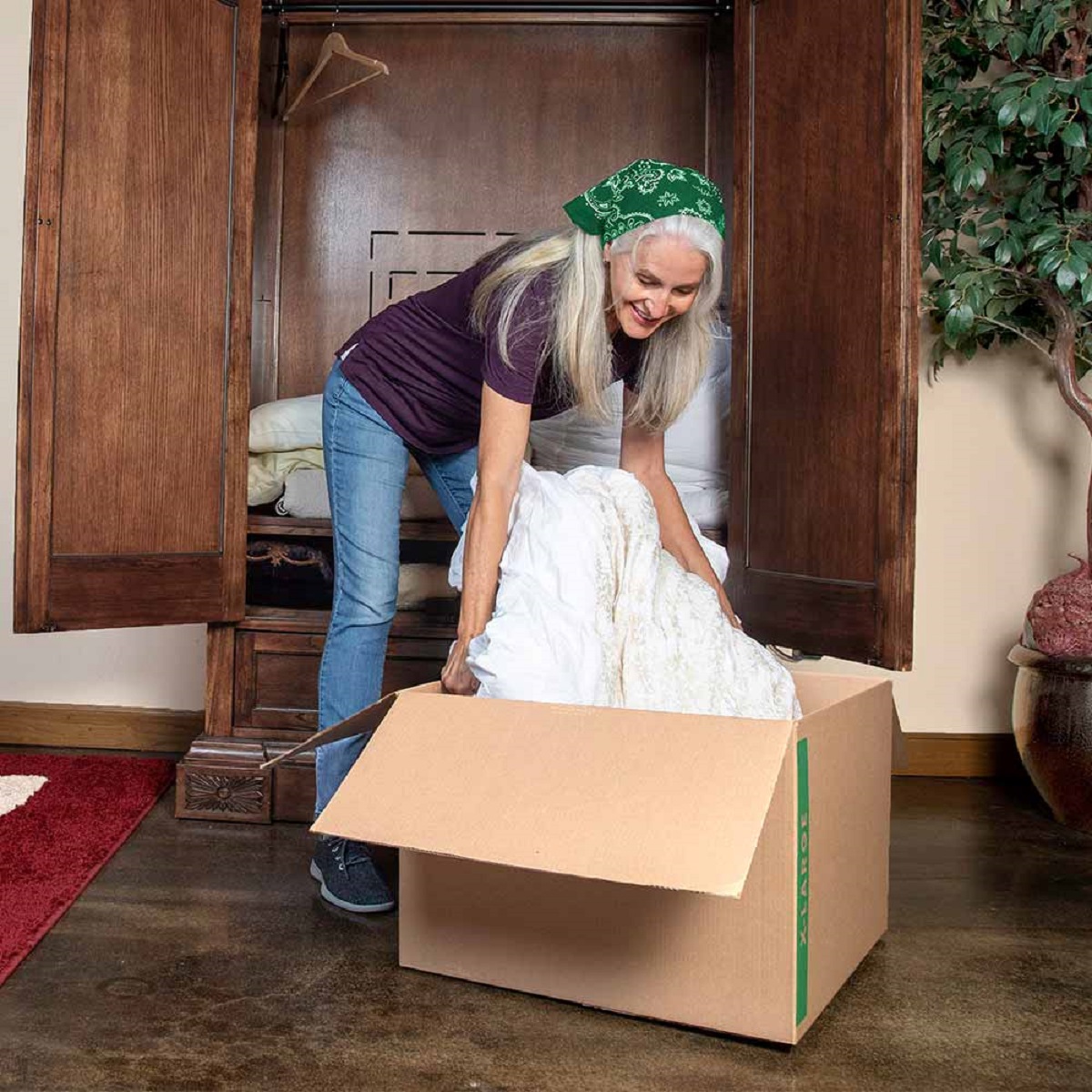
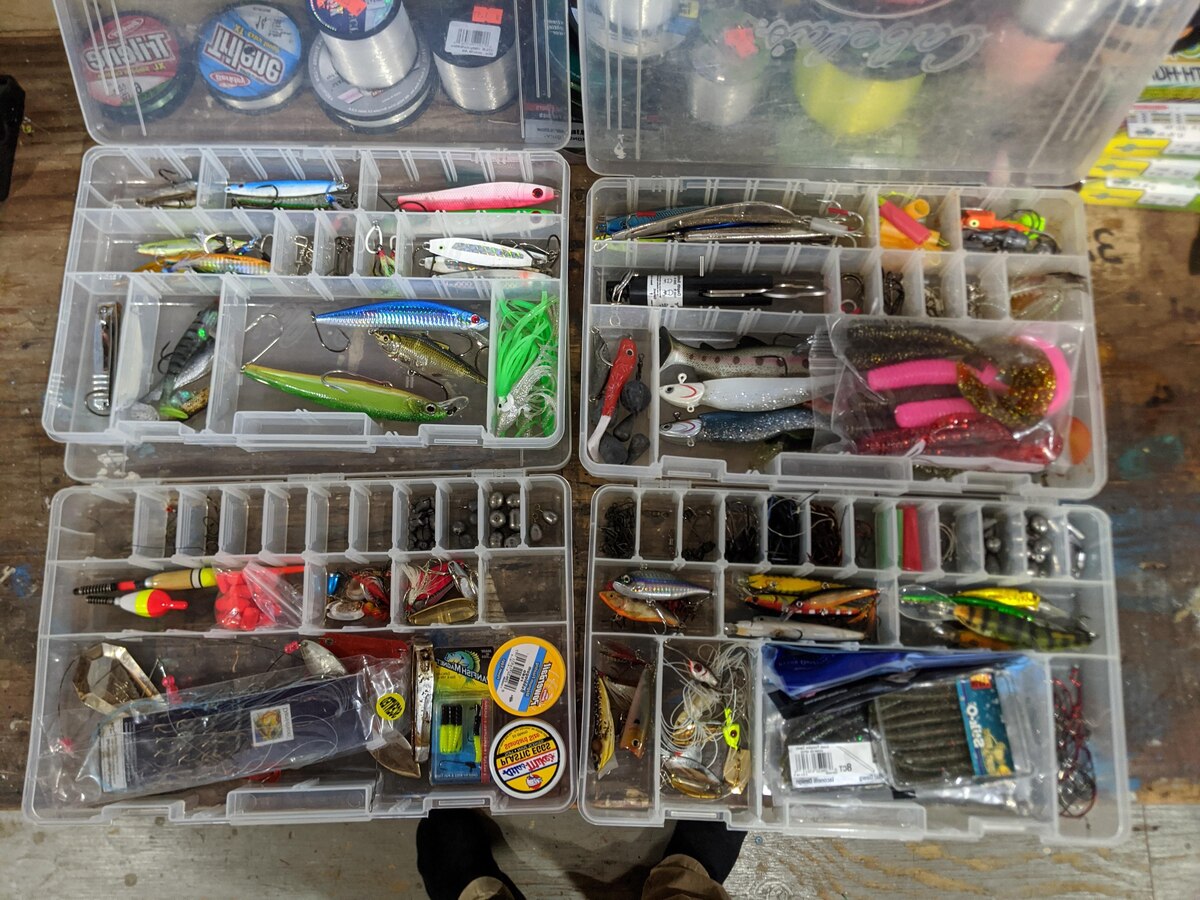


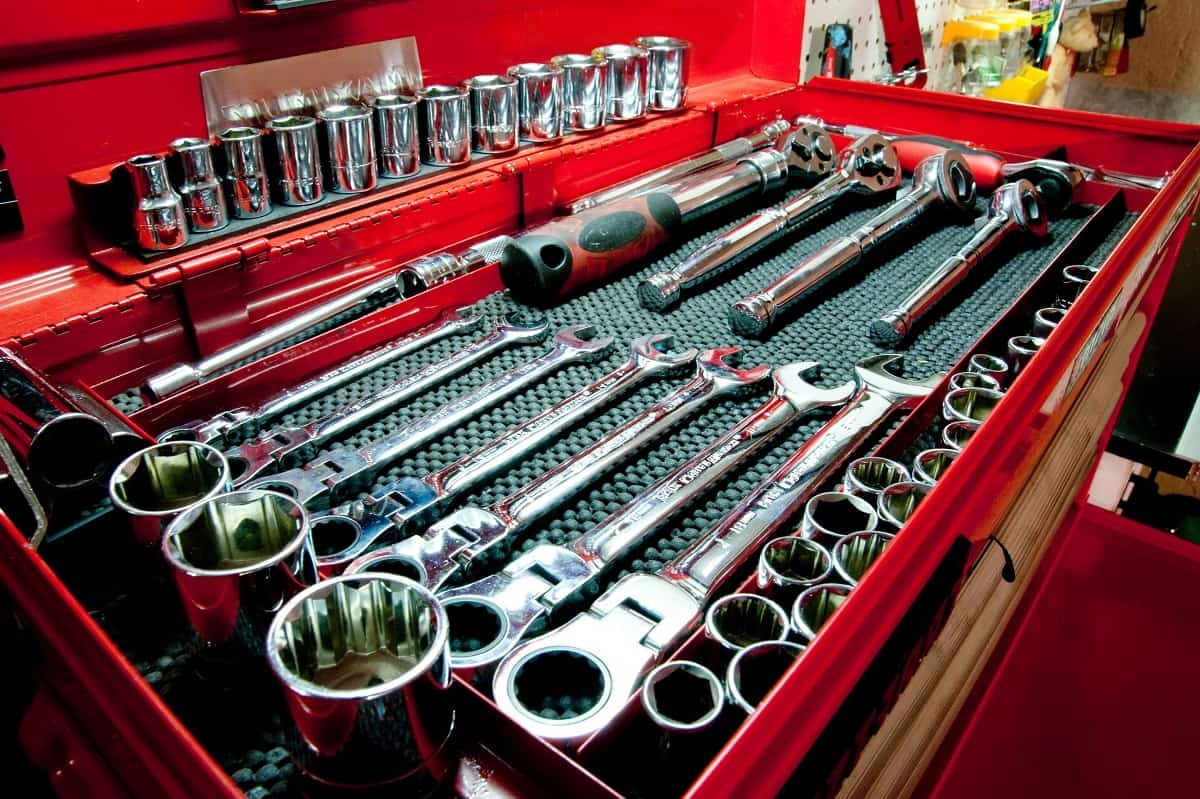
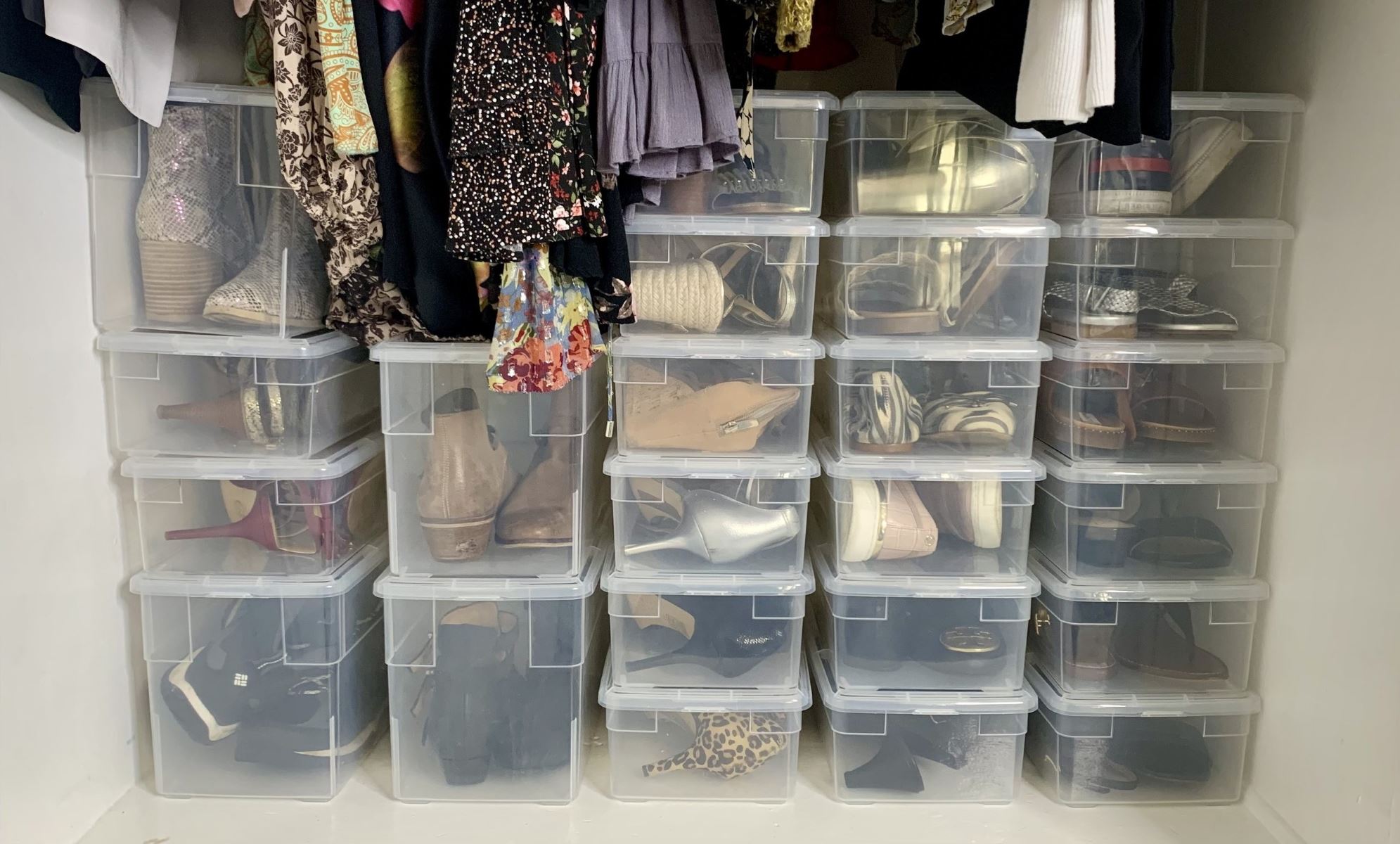
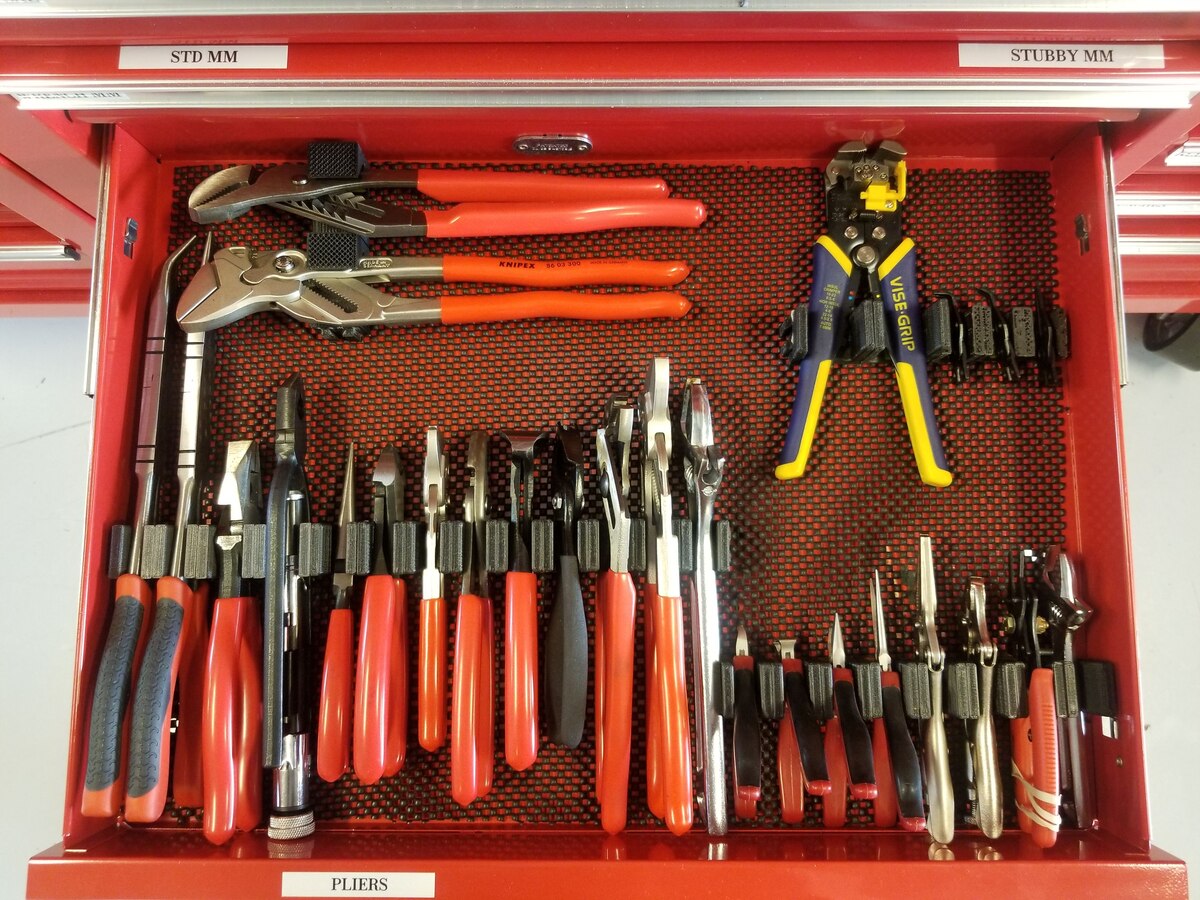
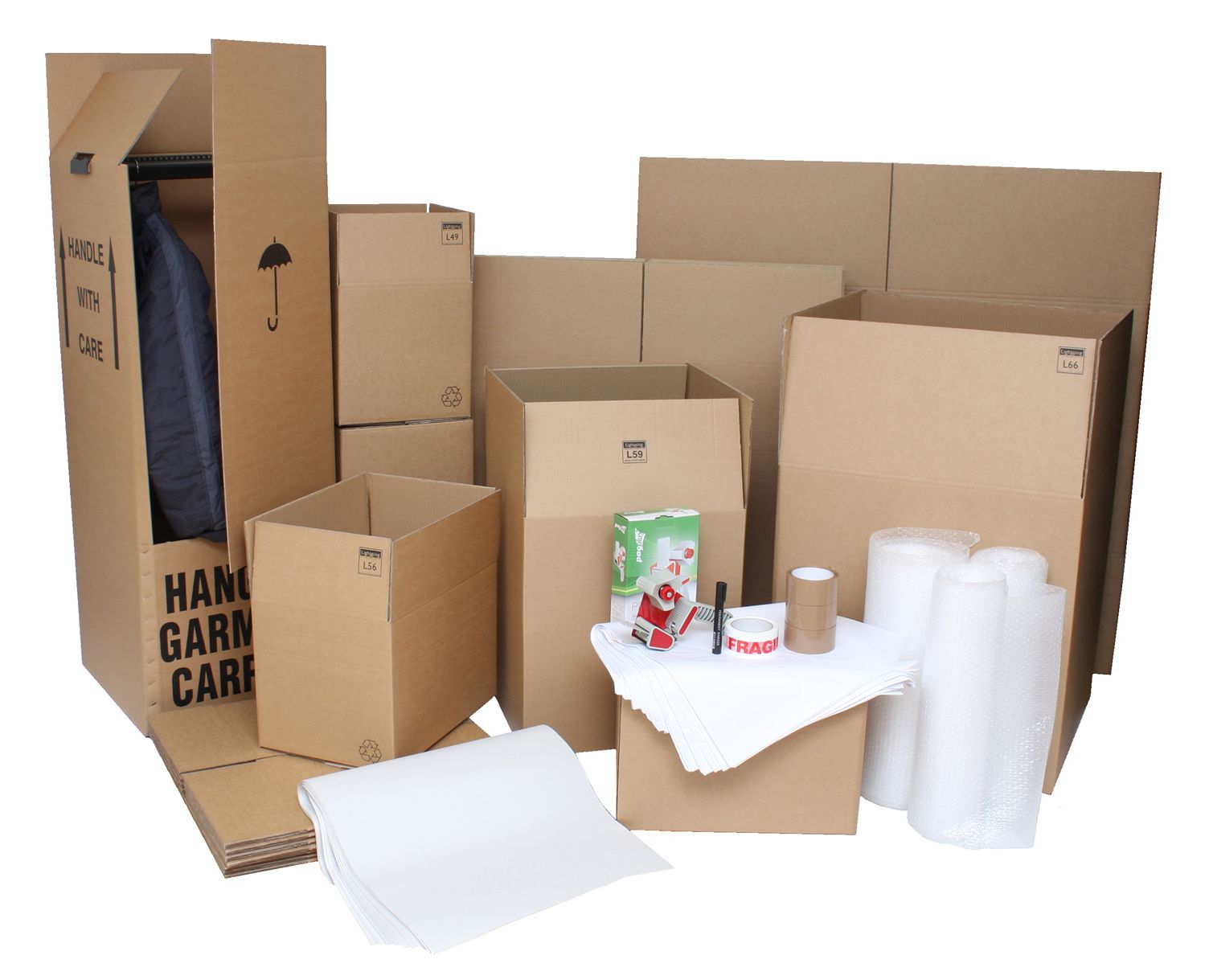

0 thoughts on “How To Organize Shipping Boxes”